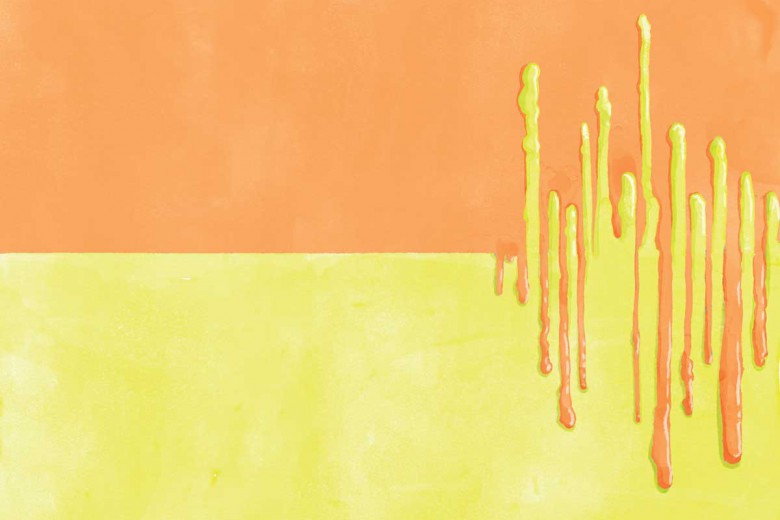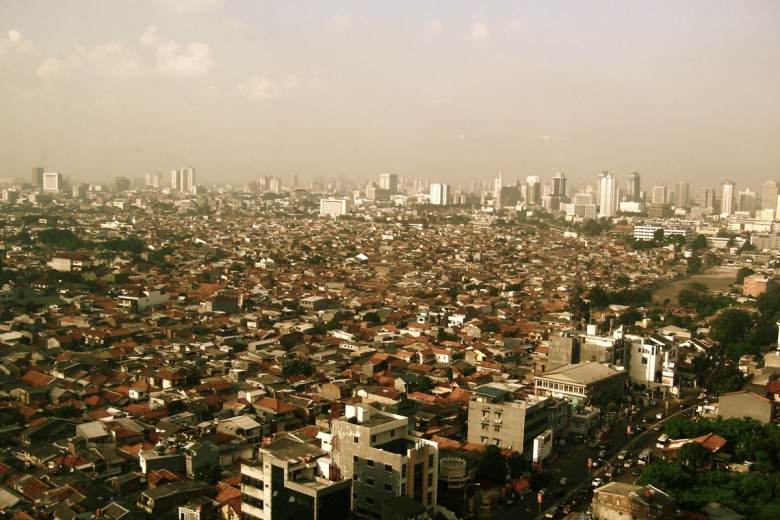
Mere months ago, we bore witness to staggering news stories about the violent politics of migration: between Sweden calling in its army to manage its “disproportional burden” of refugees, Hungarian prisons overcrowded with Syrian refugees jailed for scaling border fences, and the construction of Slovenian razor-wire fences at the Croatian border, we have observed the militarization and criminalization of movement in full effect.
Meanwhile, on this side of the Atlantic, many in Canada were patting themselves on the back for replacing a blatantly racist prime minister with one who promised resettlement for 25,000 refugees by year’s end. Then news came that single young Syrian men would be excluded from entering Canada in order to “deal with security concerns” – code for xenophobic policing of the border. One of the many cheerleaders of this policy of exclusion was Saskatchewan Premier Brad Wall, who conflated youth, masculinity, and brown skin with terror, and successfully pressured the prime minister to hold his horses on the settlement program.
It was flawless timing when, in late 2015, rapper M.I.A. released “Borders.” In the first line of the chorus, M.I.A. asks: “Borders, what’s up with that?” It’s a question that demands we understand the myriad constructs that uphold border systems: policing, patriotism, capitalism, neoliberalism, white supremacy, and empire. M.I.A. flips our collective eyelids to the many ways borders divide collectivities and enact violence on bodies, psyches, and land.
In political science, borders are understood as legally enforced lines dividing territories and people. Drawn up through warfare, theft, and treaties, borders determine divisions between “us” and “them.” But the ways in which people experience borders, and are disciplined by them, are much more blurry than this detached political science definition might have us believe.
There are two central concepts in critiques of borders. The first is what Harsha Walia and others have called border imperialism: “the entrenchment and re-entrenchment of controls against migrants, who are displaced as a result of the violence of capitalism and empire, and subsequently forced into precarious labor as a result of state illegalization and systemic social hierarchies.”
The second concept is global apartheid, which Jenna Loyd, Matt Mitchelson, and Andrew Burridge, editors of Beyond Walls and Cages: Prisons, Borders, and Global Crisis, explain as “a condition in which the wealthiest regions of the world erect physical and bureaucratic barriers against the movement of people from poorer regions of the world.”
As Gwendolyn Muir demonstrates in this issue’s cover story (“The Cost of Managed Migration”), the conditions that lead Guatemalan migrant workers to take work in Canada through the Temporary Foreign Worker Program are linked to the lethal capitalist and colonial expansion of the Canadian-dominated mining industry in Guatemala. Meanwhile, the Canadian state legalizes precarity and establishes barriers that prevent Guatemalan migrant workers from safely organizing and unionizing in Canada.
Canada has built its wealth on, and continues to profit from, uninterrupted colonial displacement, resource extraction, and legalized labour precarity. Canada is overwhelmingly complicit in border imperialism and global apartheid, and it requires both to maintain its power.
This issue of Briarpatch spotlights the many forms of borders (territorial, classed, racial, gendered) that organize power. It is titled “Border Lands” to reflect the intricate and oppressive relationships between borders and the land through which they are drawn. An interview with members of the Brown, Black & Fierce collective highlights how art and organizing can push back against white supremacy in a colonial city. Hani al Moulia’s photos from a Syrian refugee camp capture the resilience of families and communities that have been displaced by wars fought for capital and empire. Dan Darrah’s piece on student activism in Oshawa, and Matt Moir’s feature about the class divisions amplified by the privatization of air, food, and water in China bring attention to how borders separate people from full liberation. Michelle Stewart unpacks the problem of off-loading racism onto “bad apples” and invites us to draw connections between people and systems of oppression.
We are thrilled to announce that this issue reveals the winners of our 5th annual Writing in the Margins contest, judged this year by Leanne Betasamosake Simpson and Stephen Collis. The winner of the poetry prize is Laurel Albina, for “Energy Series: Surface Mining,” and the winner of the creative non-fiction prize is Siku Allooloo, for “Living Death.” Congratulations to the winners and runners-up of our writing contest, and thank you to all of the writers and poets who submitted their courageous and beautiful work.
This issue reminds us that there is no border that does not rest on violence, tacit or directly enacted. As always, Briarpatch stands with all those who fight in many ways against borders, division, apartheid, and violence.






